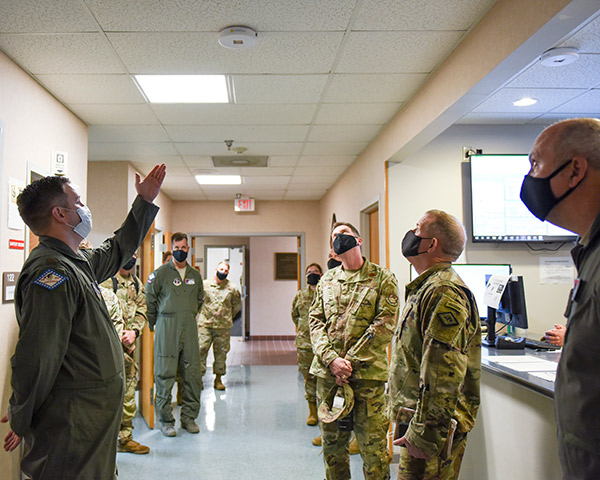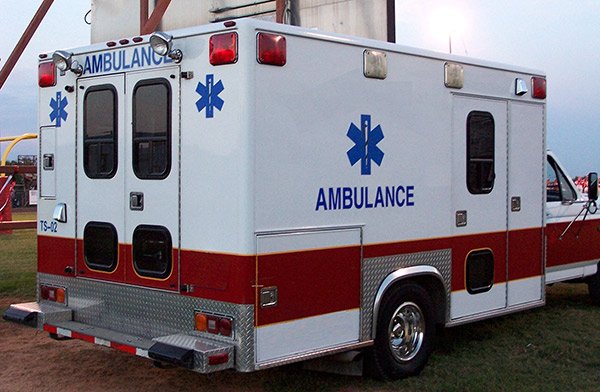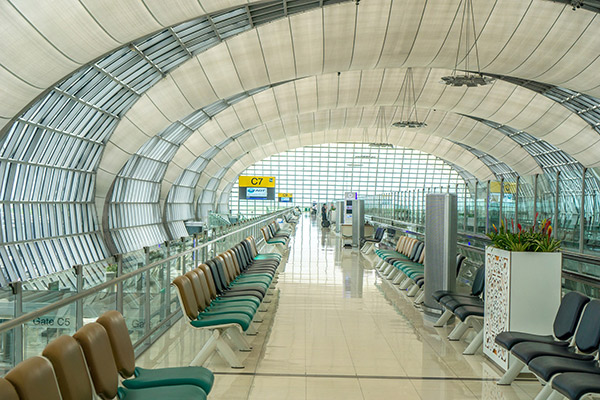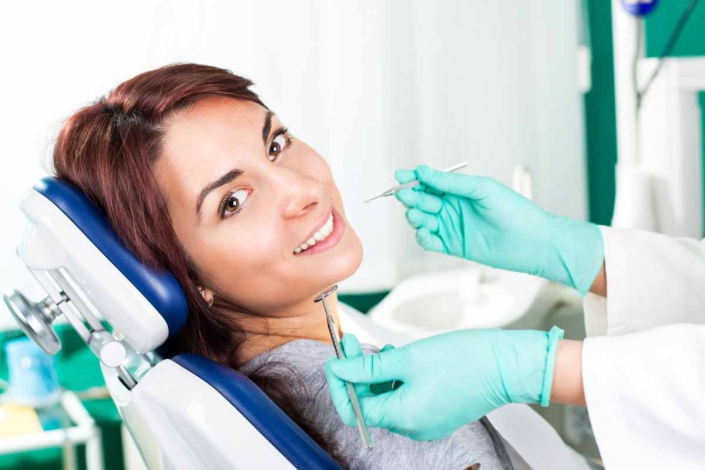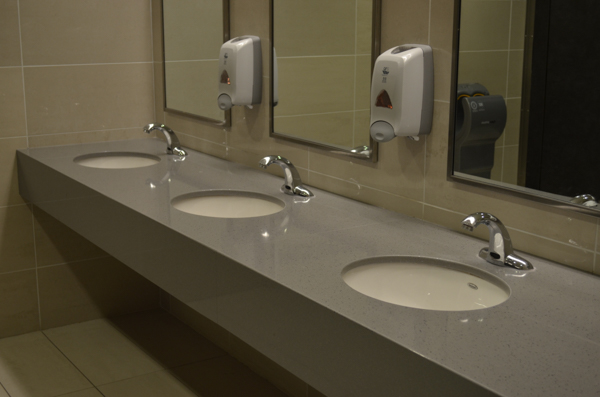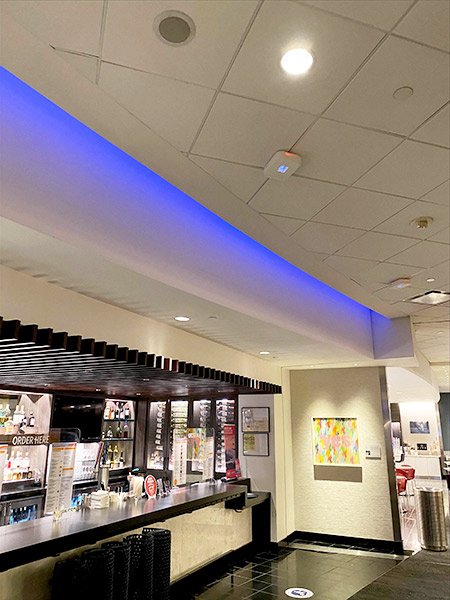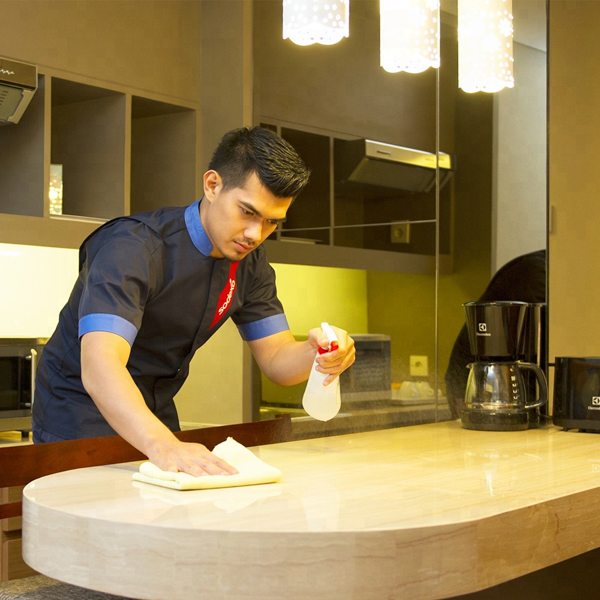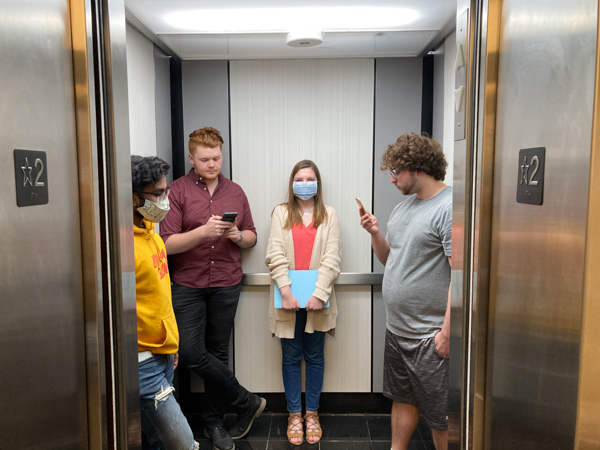Safety
Krypton Far UV (222 nm) light does not penetrate beyond the outermost nonliving layer of human and/or animal skin or eyes. While conventional UV-C lamps or LEDs (typically operating at 254nm or 270nm) commonly available today are much safer than sunlight, they can still penetrate to living cells and potentially be harmful to the skin and eyes with extended exposure. As a result, those UV-C systems are typically not utilized to sanitize whole room occupied spaces. Krypton Far UV (222 nm), in contrast, can sanitize whole room occupied spaces without those same risks.
Effective for Sanitizing
Krypton Far UV (222 nm) lamps are often advantageous over existing UV-C disinfection* systems (typically operating at 254nm or 270nm) in occupied spaces as they can be utilized in the respiratory zone where the contamination event occurs, because they not only inactivate the DNA of the pathogens1 but also destroy the proteins that the pathogens1 are made up of and also because they provide a more permanent inactivation or kill mechanism (whereas 254nm UV-C can often allow pathogens1 to be photoreactivated by UV-A or blue light, which is emitted by sunlight, fluorescent lights, and other light sources after a disinfection* cycle).
The 222nm Far UV Difference
Research has shown 222nm Far UV Lighting to be Safe for Human and Animal Exposure
Although Krypton Far-UVC (222 nm) light can penetrate and kill bacteria such as MRSA, it is unable to meaningfully penetrate the nonliving skin cells in the stratum corneum or the epithelial cells in the eyes.
Credit: Dr. David Sliney, Johns Hopkins School of Public Health
Far UV (222 nm) Krypton Applications
We are working hard to enable new industry standards for safety and raise awareness of this groundbreaking new air and surface pathogen inactivation1 technology, providing much more practical, safe, and efficient solutions for large important markets and applications including:
- Defense and Government facilities
- K-12 schools and universities
- Healthcare facilities
- Transportation (buses, airplanes, trains, subways, ferries and cruise ships)
- Public facilities (airports, city halls, courts, museums, theaters, amusement parks, bathrooms)
- Detention centers
- Elderly care facilities
- Childcare facilities
- Commercial office, elevators, and stairwells
- Hotels, resorts, and casinos
- Restaurants/Retail
- Athletic facilities (stadiums, locker rooms, suites and equipment)
- Houses of Worship
- Entertainment Venues
- Conference Centers
- Food preparation, delivery and shelf life applications
- Grocery and convenience stores
- Industrial facilities
- Space applications
1Refer to product specification sheets, example here: Far UV Lights for efficacy claims and claim substantiation regarding specific products and pathogens.



